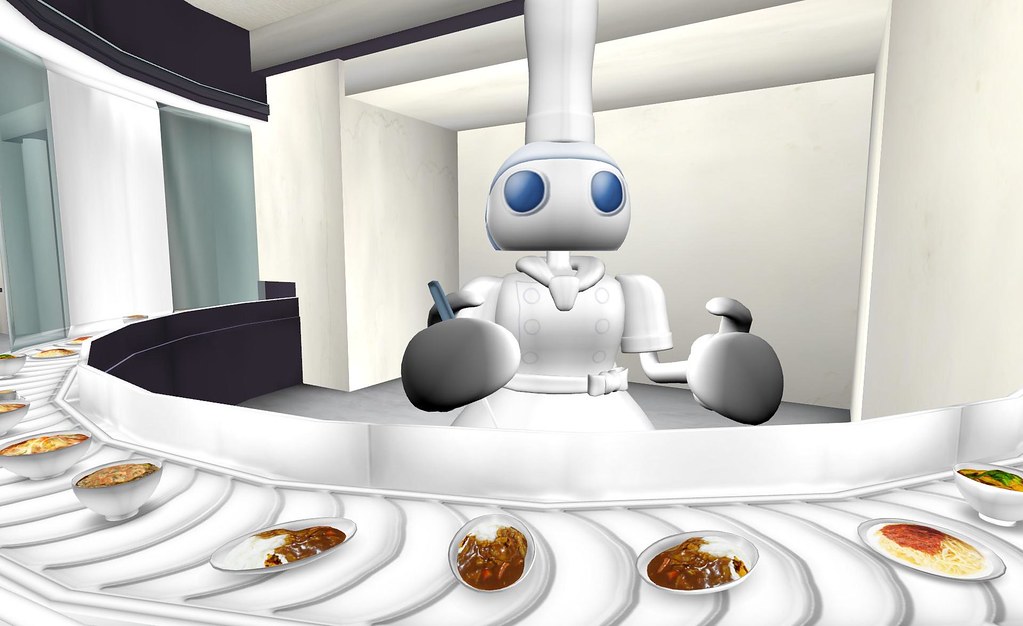Wide-Slice Residual Networks for Food Recognition
Food diary applications represent a tantalizing market. Such applications, based on image food recognition, opened to new challenges for computer vision and pattern recognition algorithms. Recent works in the field are focusing either on hand-crafted representations or on learning these by exploiting deep neural networks. Despite the success of such a last family of works, these generally exploit off-the shelf deep architectures to classify food dishes. Thus, the architectures are not cast to the specific problem. We believe that better results can be obtained if the deep architecture is defined with respect to an analysis of the food composition. Following such an intuition, this work introduces a new deep scheme that is designed to handle the food structure. Specifically, inspired by the recent success of residual deep network, we exploit such a learning scheme and introduce a slice convolution block to capture the vertical food layers. Outputs of the deep residual blocks are combined with the sliced convolution to produce the classification score for specific food categories. To evaluate our proposed architecture we have conducted experimental results on three benchmark datasets. Results demonstrate that our solution shows better performance with respect to existing approaches (e.g., a top-1 accuracy of 90.27% on the Food-101 challenging dataset).
PDF Abstract

 Food-101
Food-101